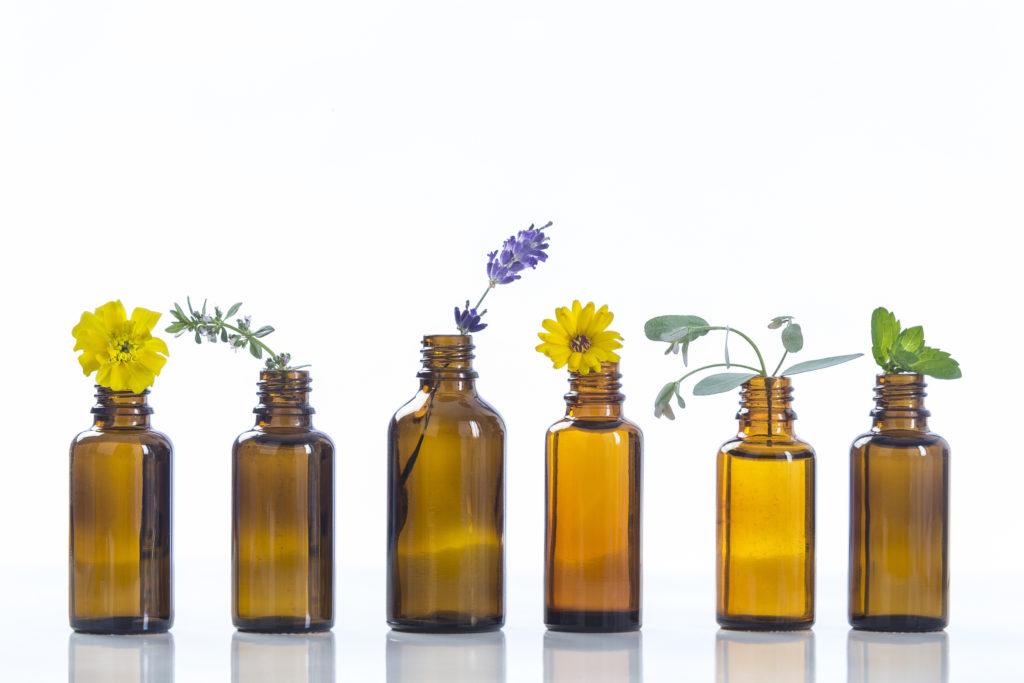Find balance and harmony through aromatherapy.
By Mary Murphy

Imagine sniffing away your pain, smelling a headache to nonexistence or taking a bath that reduces feelings of anxiety and depression. Does it sound too good to be true? It’s not! Aromatherapy, or essential-oil therapy, is the science of utilizing essential oils and other aromatic plant compounds to create balance and promote physical and emotional health. While it seems like aromatherapy is currently gaining momentum, it has actually been a viable practice for thousands of years.
The backbone of this ancient tradition is essential oils. According to the International Organization for Standardization, the international standard-setting body for proprietary, industrial and commercial standards, an essential oil is defined as a product obtained from raw plants through either distillation with water or dry distillation. Simply put, essential oils are the fragrant essences of plants.
So, how do they work? How you apply essential oils plays a crucial role in their healing capabilities. The most common ways essential oils are used are through inhalation and absorption. Inhaling essential oils sends a signal to the brain that aids in stimulating blood ow, improving mood and reducing respiratory complaints. Absorption, on the other hand, allows oils to disperse to alleviate specific systems and is most effective for pain relief.
While there are hundreds of types of essential oils used in aromatherapy today, there are core oils that are effective on their own and that can be used for various results. Some of the most common include stress-relieving bergamot, mood- boosting chamomile, eucalyptus, lemon and lavender. Combined oils, referred to as blends or recipes, create a more powerful effect than any one oil would have on its own.
A beginner’s guide to using essential oils
Use a diffuser or apply the oil directly to the skin for best results. Note: While aromatherapy does not provide a cure to aliments, it can be used as complementary therapy to support conventional treatment plans.
For aches and pains
10 drops rosemary
6 drops juniper berry 8 drops lavender
For headaches and migraines
4 drops lavender
2 drops peppermint 2 drops lemongrass
For anxiety and depression
8 drops sandalwood 4 drops bergamot
4 drops rose
2 drops orange


